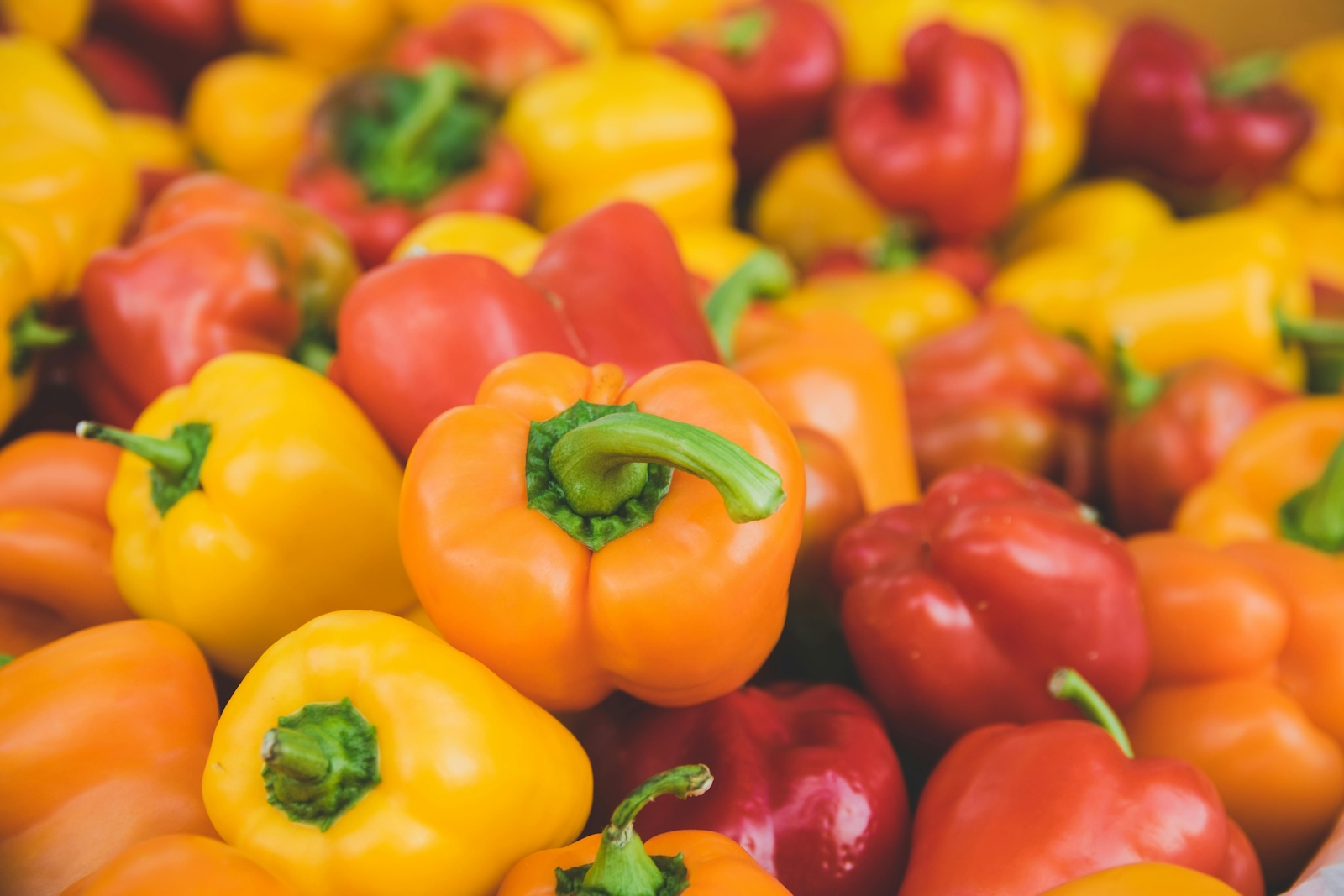This story was originally published by The Guardian and appears here as part of the Climate Desk collaboration.
Watermelon, green beans and bell peppers are among the many common fruits and vegetables found in U.S. supermarkets that contain potentially unsafe levels of pesticides, according to an analysis by Consumer Reports.
The new report — which analyzed seven years of US Department of Agriculture data on commonly eaten fruits and vegetables — offers one of the most comprehensive evaluations to date of pesticides found in U.S. produce. The data was based on nearly 30,000 fruit and vegetable samples, including fresh, frozen, canned and organic, collected from supermarkets by the USDA as part of routine pesticide testing.
Consumer Reports built a huge database to analyze the data — and scored different foods to provide actionable recommendations to help consumers shop and eat with less risk.
Consumer Reports found that pesticide residue posed a significant risk in roughly 20 per cent of the 59 common foods examined in its research. The foods deemed high risk included conventionally grown (non-organic) kale, blueberries, potatoes and bell peppers. Apples, grapes, peaches, tomatoes, spinach and celery were among the items considered moderate risk.
Organic fruits and vegetables generally had far less pesticide residue than conventionally grown foods, according to the research. But even a few organic foods posed some risk. For example, imported green beans carried a high risk and domestic potatoes a moderate one — raising questions about how these organic crops were contaminated with high-risk pesticides not approved for organic farming.
Imported, conventionally grown produce also posed higher risks than U.S.-grown foods in the study. Foods grown in Mexico such as strawberries and green beans were especially worrisome. Mexican strawberries contained oxydemeton-methyl, part of a group of pesticides called organophosphates that are neurotoxins. This category of insecticides can overstimulate the nervous system at high exposure levels and disrupt the developing nervous system in infants and children.
For Consumer Reports to deem a fruit or vegetable high risk, only a relatively small proportion of samples had to be contaminated. The testing involved hundreds of samples for each food collected from U.S. supermarkets over seven years. Only four per cent of green bean samples tested had high-risk levels of pesticides.
But some of the levels found on contaminated beans were alarming: one green bean sample from 2022 had levels of methamidophos that were 100 times the level Consumer Reports’ scientists consider safe. Methamidophos has been banned in the U.S. and on green bean imports for over a decade, raising questions about why it’s still showing up in supermarket produce.
It’s important to note that Consumer Reports scientists have stricter standards for what they consider safe than those of the Environmental Protection Agency — the US government body that sets the levels, known as tolerances. The Alliance for Food and Farming, a farming industry organization, notes that 99 per cent of vegetables tested by the USDA meet government safety standards for pesticide residue. But many scientists — including those behind the Consumer Reports study — believe the EPA tolerances are often set far too high, putting consumers at risk.
“A lot of these EPA tolerances aren’t consistent with the best science,” says Michael Hansen, a senior scientist at Consumer Reports. “They were set a number of years ago — and they don’t take into account situations where there are multiple pesticide residues on a single sample. The data are now available — and the computing power is now there — to more accurately assess the actual risk.”
The strongest evidence of the dangers posed by pesticides comes from farm workers and pesticide applicators, who are exposed to much higher levels of the chemicals when they are applied to crops. On-the-job exposure to pesticides has been linked to higher risk of Parkinson’s disease, several forms of cancer, diabetes and other health problems.
When it comes to consumers, the risks of eating foods contaminated by pesticides grow over time. For most of the population, a single serving of a contaminated fruit is unlikely to cause harm — but routine consumption of a contaminated fruit or vegetable over months or years magnifies the risk.
Children and pregnant women are particularly vulnerable because some pesticides can be endocrine disruptors, which may interfere with hormones responsible for the development of key bodily systems, especially the reproductive system.
Over the next year, The Guardian will be partnering with Consumer Reports to dig more deeply into the findings of this study, seeking answers as to how the U.S. food supply became contaminated by pesticides and what we can do about it.
Yikes. One more argument for
Yikes. One more argument for locally grown produce.......and government regulation to keep poisons out of our food supply. How food from away got to be cheaper is a question we need to ask these globalists and their out sourced supply chains around the world...cheap labour, fossil fuel by product fertilizers and 0 government regulation might explain some of it....
First world interest in out sourcing the work and sucking up the profits may have brought us here....growing climate disruptions aren't gong to make it easy to get out.




Comments